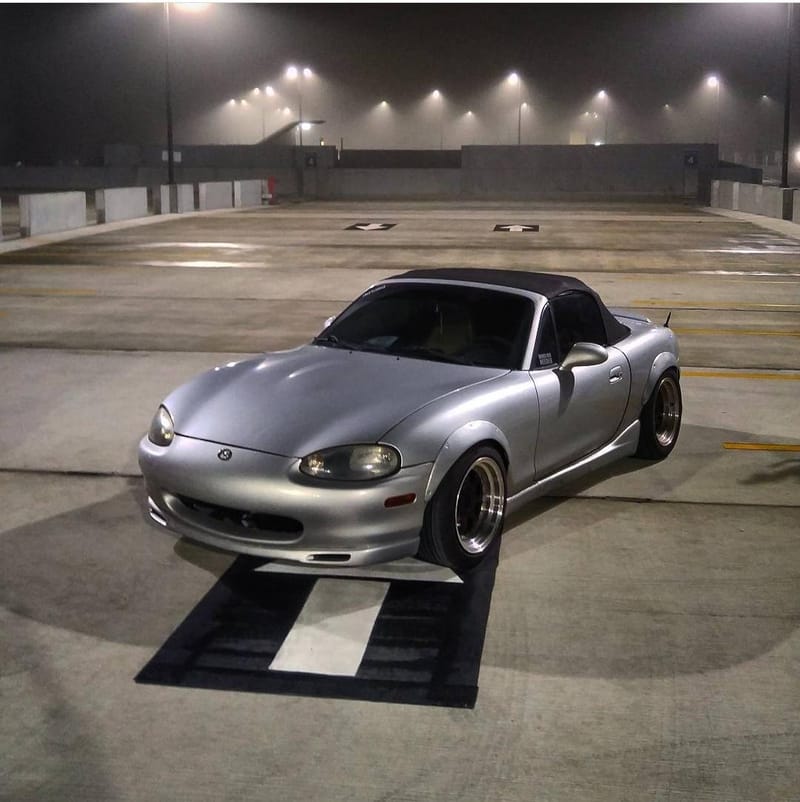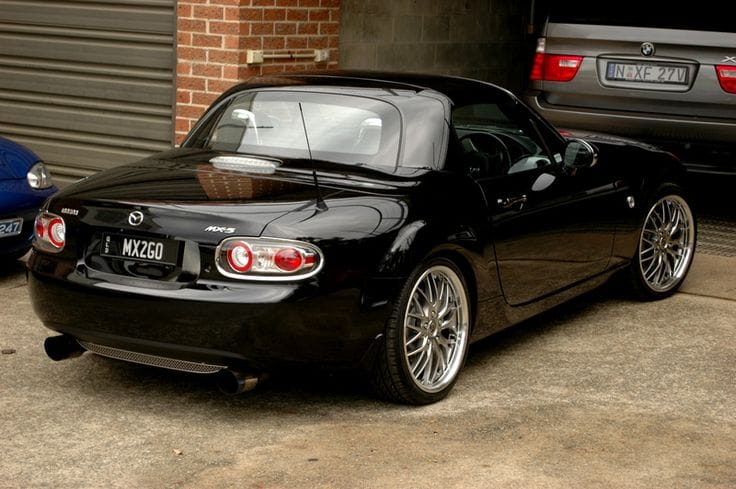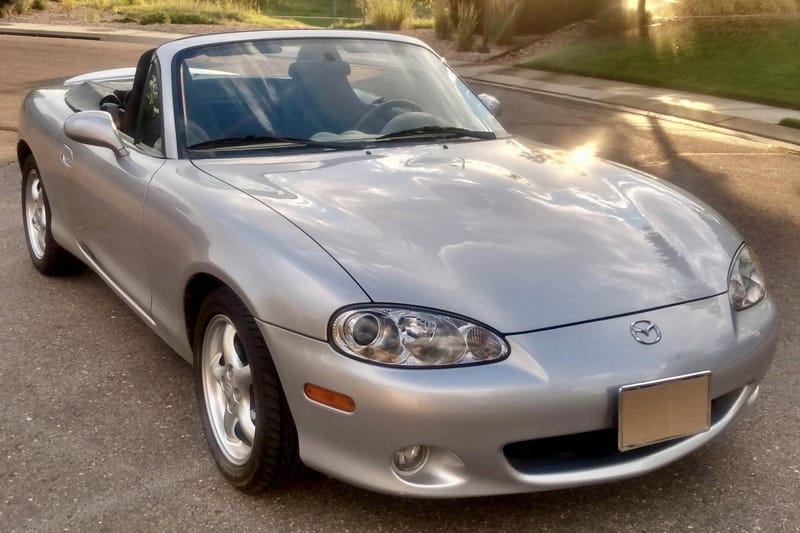Maximize the NA Miata Engine: Tuning Guide
The Mazda NA Miata is an iconic car loved for its lightweight, driver-focused design. However, many enthusiasts feel the factory power output of the 1.6-liter engine leaves something to be desired. Tuning this engine is an exciting way to enhance the Miata’s performance, adding more horsepower, torq
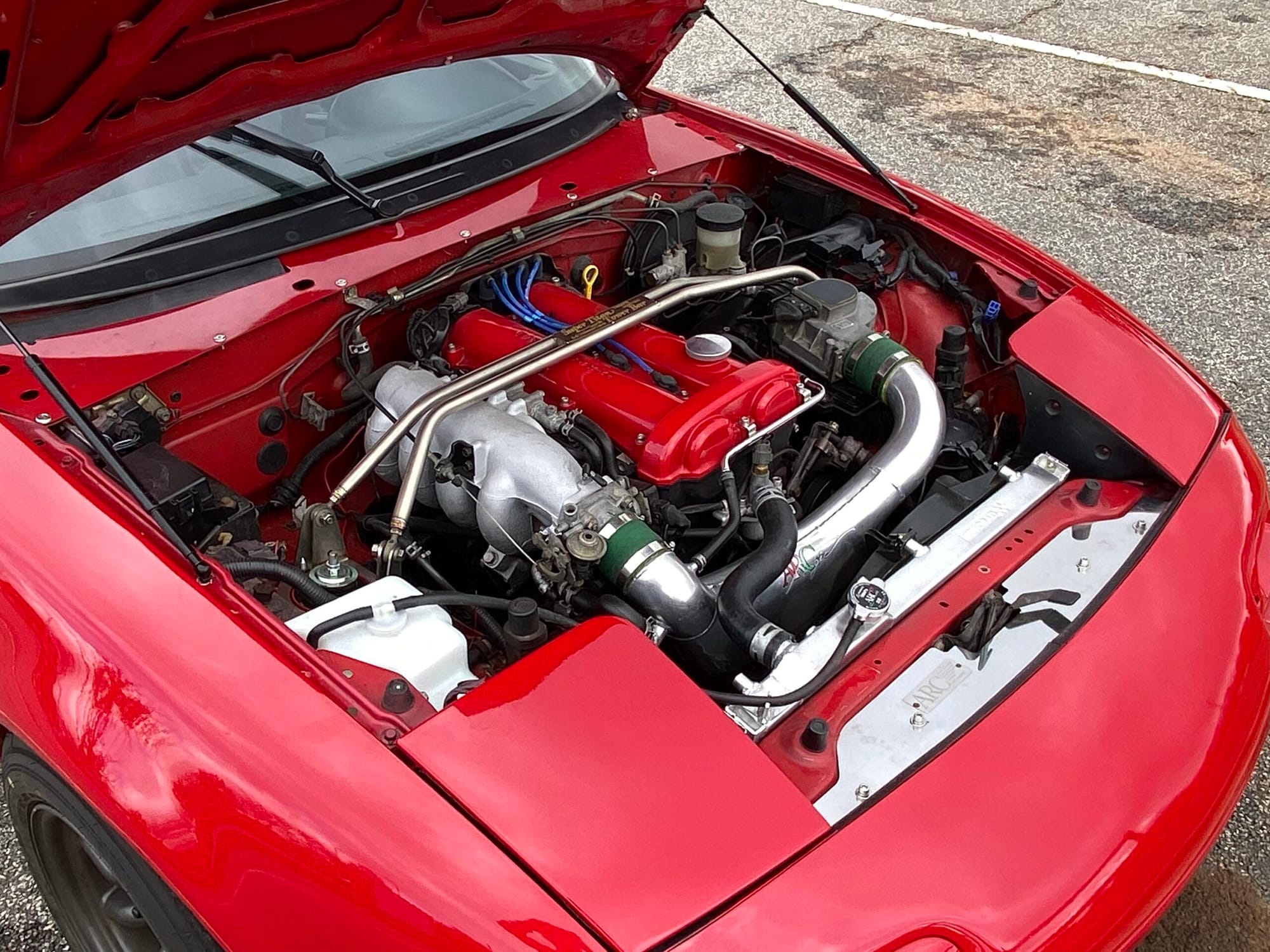
The Mazda NA Miata is an iconic car loved for its lightweight, driver-focused design. However, many enthusiasts feel the factory power output of the 1.6-liter engine leaves something to be desired. Tuning this engine is an exciting way to enhance the Miata’s performance, adding more horsepower, torque, and throttle responsiveness. Whether you’re aiming for a modest increase or pushing for maximum output, this guide covers everything from basic modifications to advanced tuning techniques. By exploring these options, you’ll be able to tailor the NA Miata’s engine to suit your driving style and performance goals.
The Simple Answer.
For years, Miata owners have followed these simple adjustments the to extract more power from their cars without breaking the bank. This simple, cost-effective approach provides noticeable performance gains through a series of basic modifications. While the horsepower increases are modest, the improvements in responsiveness and driving enjoyment are significant. One of the easiest and most popular mods is advancing the timing by 4 degrees. This modification provides a slight horsepower increase—about 2 HP—while improving throttle response. By adjusting the ignition timing to be more aggressive, the engine becomes more eager and responsive. Best of all, this is a free mod that can be done with minimal mechanical knowledge and a timing light.

Next on the list is upgrading to a cat-back exhaust system, which increases exhaust flow, especially at higher RPMs. Brands like Racing Beat and Magnaflow offer high-quality systems that improve both performance and the Miata’s exhaust note. Expect a 4-5 HP gain with this mod, as well as a more enjoyable driving experience thanks to the deeper, more resonant sound. Swapping the stock Miata air flow meter (AFM) for one from an RX7 is another cost-effective way to improve performance, particularly at high RPMs. The RX7 AFM allows more air to enter the engine above 6000 RPM, unlocking around 5 HP in the upper rev range. However, this mod requires tuning the ECU to properly handle the increased airflow, so it’s best suited for those comfortable with making adjustments to the car’s electronics.
Upgrading to aftermarket headers can also provide a small horsepower increase, typically in the 3-4 HP range. Headers replace the restrictive factory exhaust manifold, allowing for better exhaust flow and improving performance at high RPMs. Brands like Flyin’ Miata and Racing Beat offer durable and performance-oriented headers for the NA Miata. For more serious tuners, installing a programmable ECU and larger injectors is a must. A programmable ECU like Megasquirt or Speeduino allows you to create custom fuel and ignition maps, optimizing your engine’s performance based on the specific mods you’ve installed. Pairing this with larger injectors ensures the engine receives enough fuel at higher RPMs, preventing lean conditions and maximizing performance gains.

Finally, shaving the cylinder head by 0.010” increases compression, which can add around 4 HP. This modification also improves throttle response and low-end torque. However, shaving the head requires precise machining and the use of premium fuel to prevent detonation. By combining these mods, you can achieve a power output of around 108-112 HP at the wheels, up from the stock 92 HP. While the gains may seem modest, the difference in throttle response, high-RPM performance, and overall driveability is noticeable and rewarding.
Common Modern Upgrades
Thanks to advancements in technology, modern Miata owners have access to even more effective and affordable ways to boost power. Thisbuild follows the same principles but offers greater flexibility, better results, and lower costs.
One of the most impactful modern upgrades is the installation of a standalone ECU like the Megasquirt PNP2 or Speedy EFI. Unlike older tuning methods that require separate modifications for fuel pressure and airflow, a standalone ECU gives you full control over all aspects of fuel and ignition timing. It also supports more advanced sensors like throttle position sensors (TPS), which improve drivability. With just a standalone ECU, a cold-air intake, and a cat-back exhaust, many NA Miatas have been dyno-tested at 106 HP. A cold-air intake (CAI) is another straightforward upgrade that improves performance by allowing cooler, denser air to enter the engine. This increases combustion efficiency, leading to more power. Options like the Randall intake or a DIY snorkel intake provide budget-friendly solutions while retaining the stock airbox.
Replacing the stock catalytic converter with a high-flow cat is a small but worthwhile mod. A high-flow cat reduces backpressure, allowing exhaust gases to escape more freely and improving overall performance. While the power gains are modest—typically 1-2 HP—this upgrade can be combined with other exhaust modifications for greater effect. With these modern upgrades, NA Miata owners can achieve similar power gains to the original formula, but at a lower cost and with greater tuning flexibility. Expect a power output of 106-115 HP using these more advanced but cost-effective modifications.

Advanced Tuning for the 1.6
For those who want to extract every bit of power from the NA Miata’s 1.6 engine, advanced modifications such as cam upgrades and headwork are the next step. These mods go beyond simple bolt-ons, offering significant gains for those willing to invest the time and effort. One of the most effective ways to increase airflow through the engine is by porting and polishing the cylinder head. By smoothing out the intake and exhaust ports, you reduce turbulence and improve airflow, especially at high RPMs. This can be done at home with a Dremel tool, but for optimal results, it’s best to have a professional machinist handle the job.
Upgrading to larger valves and stronger valve springs is another way to improve airflow. Larger intake valves allow more air into the combustion chamber, while stronger valve springs prevent valve float at higher RPMs, crucial for those pushing the engine to its limits. This mod can yield around 4 HP when combined with other upgrades. For a more significant increase in compression, decking the cylinder head (removing around 0.040”) is an excellent option. Not only does this boost horsepower, but it also slightly retards the cam timing, shifting the powerband higher into the RPM range for more high-end power. When combined with high-performance cams and premium fuel, decking the head can provide excellent results.
The Exhintake camshaft modification is another popular upgrade among Miata enthusiasts. This involves using a modified intake camshaft from a Mazda MX-3, which increases airflow during the intake stroke. This budget-friendly mod can provide around 8 HP without the need for a full aftermarket camshaft. However, for those seeking even more power, a full aftermarket cam like the Kelford 203-B can deliver 16 HP or more, though it requires stronger valve springs and a performance ECU for proper tuning. Once these mods are installed, reprogramming the ECU is mandatory. Tuning the car on a dyno or using a wideband O2 sensor for self-tuning is essential to ensure safe and optimal performance. With a well-tuned setup, you can expect 120-130 WHP after these advanced modifications.

Going Turbo?
At some point, Miata owners pushing the limits of naturally aspirated performance will face diminishing returns. Once you reach the 120-130 WHP range, squeezing more power out of the 1.6 engine becomes more difficult and expensive. This is when many enthusiasts consider moving to forced induction options like turbocharging or supercharging. Turbocharging the Miata is one of the most effective ways to achieve significant power gains. The 1.6 engine was originally designed for a turbo variant, making it well-suited for this modification. Modern turbo setups offer minimal lag and can provide both excellent low-end torque and top-end power. With the right turbo and a programmable ECU, you can easily exceed 200 HP.
For those who prefer the feel of a naturally aspirated engine but want more power, supercharging is a viable option. While less efficient than turbochargers, superchargers deliver linear power across the entire rev range, making them ideal for drivers who value consistent power delivery without turbo lag. For the most dedicated naturally aspirated enthusiasts, there are additional advanced mods like individual throttle bodies (ITBs) or high-compression pistons. However, the cost and effort required for these upgrades often outweigh the performance gains once you’ve already hit the 120 WHP mark.
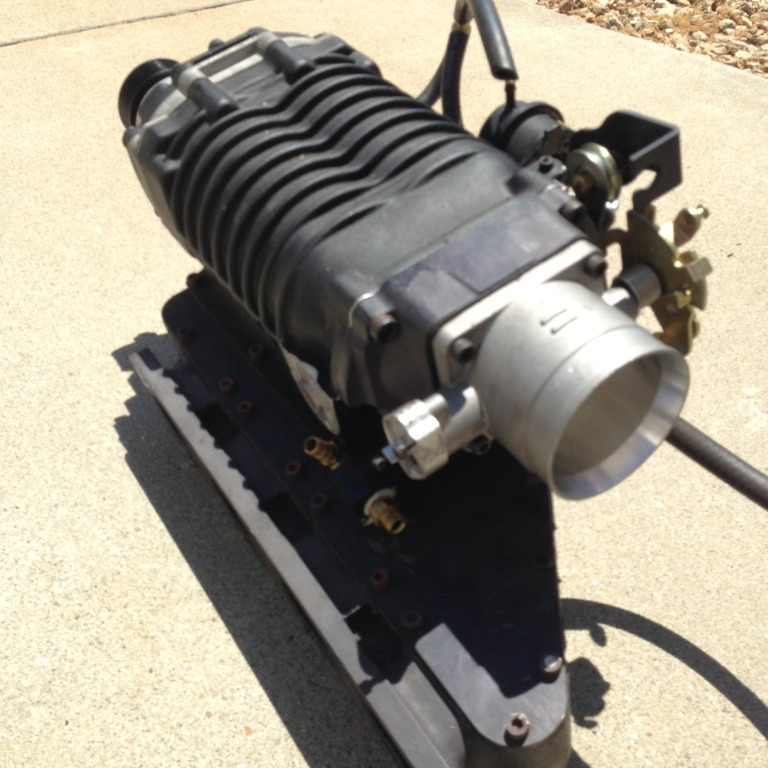
Diminishing Returns
For most NA Miata owners, the sweet spot for naturally aspirated tuning lies between 120 and 130 WHP. Beyond this, the time, money, and effort required to make further gains may not be worth it, especially when considering the limited returns. At this stage, many enthusiasts either opt for an engine swap to the larger 1.8-liter VVT engine or explore forced induction to achieve more substantial power gains.

